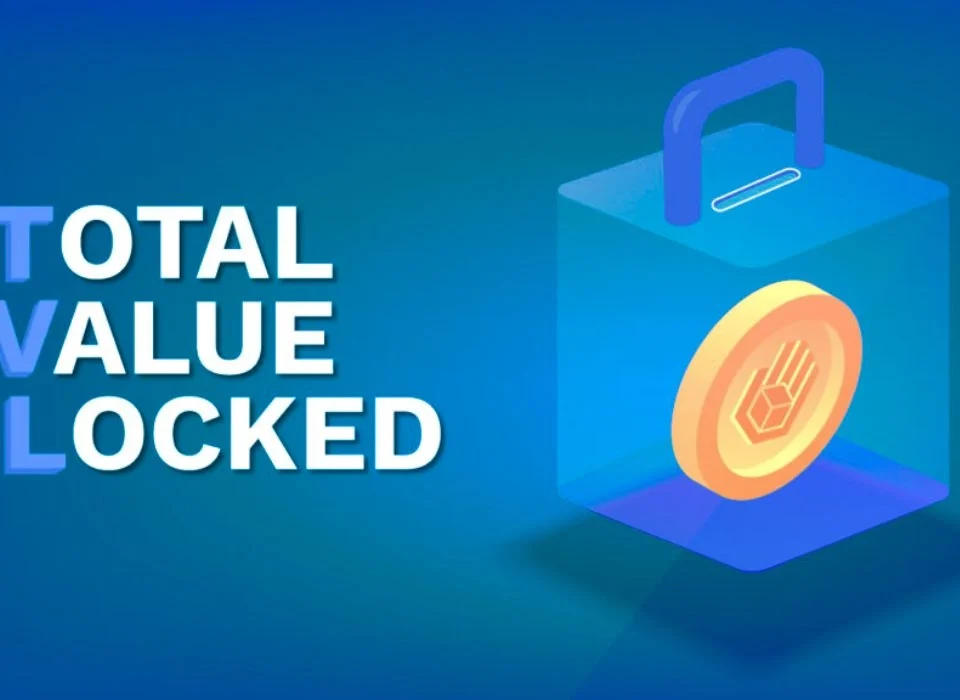
The Intersection of Cryptocurrency and Traditional Finance
17/07/2024
How to Perform Fundamental Analysis on Cryptocurrencies
18/07/2024Understanding the Different Types of Crypto Wallets
Cryptocurrency wallets are essential tools for managing and securing your digital assets. With the rise of cryptocurrencies, the need for secure and user-friendly wallets has grown significantly. This comprehensive guide will delve into the different types of crypto wallets, their features, benefits, and how to choose the right one for your needs.

Introduction to Crypto Wallets
What is a Crypto Wallet?
A cryptocurrency wallet is a software program or hardware device that stores your private keys and public keys, enabling you to interact with various blockchain networks. It allows you to send, receive, and monitor your digital currencies. Unlike traditional wallets that hold physical money, crypto wallets store cryptographic keys that prove ownership of digital assets.
Importance of Crypto Wallets
Crypto wallets are crucial for the security and management of your digital assets. They provide a secure way to store your private keys, which are necessary to access and control your cryptocurrencies. Choosing the right wallet can help protect your funds from hacks and unauthorized access.
Types of Crypto Wallets
Crypto wallets can be broadly categorized into two main types: hot wallets and cold wallets. Each category includes various subtypes, each with its own advantages and use cases.
Hot Wallets
Hot wallets are connected to the internet, making them convenient for frequent transactions. However, their internet connectivity also makes them more vulnerable to hacks and cyberattacks.
1. Web Wallets
Web wallets are online wallets that you can access through a web browser. They are hosted by a third party, such as a cryptocurrency exchange or a dedicated wallet provider.
Pros:
- Easy to access from any device with internet connectivity.
- User-friendly interfaces, ideal for beginners.
- Often integrated with cryptocurrency exchanges for seamless trading.
Cons:
- Higher risk of hacking and phishing attacks.
- Reliance on the security measures of the wallet provider.
Examples: Coinbase, Binance, Blockchain.info.
2. Mobile Wallets
Mobile wallets are applications installed on smartphones or tablets. They offer convenience and accessibility, allowing users to manage their cryptocurrencies on the go.
Pros:
- Portable and easy to use for daily transactions.
- Often include features like QR code scanning for quick payments.
Cons:
- Vulnerable to malware and hacking if the mobile device is compromised.
- Dependence on the security of the mobile device.
Examples: Trust Wallet, Mycelium, Coinomi.
3. Desktop Wallets
Desktop wallets are software programs installed on a computer. They offer a balance between security and convenience, as they are only accessible from the device on which they are installed.
Pros:
- More secure than web wallets if the computer is protected.
- Provide full control over your private keys.
Cons:
- Risk of malware and hacking if the computer is compromised.
- Less convenient for on-the-go transactions.
Examples: Exodus, Electrum, Atomic Wallet.
Cold Wallets
Cold wallets are offline wallets, meaning they are not connected to the internet. This makes them much more secure from online threats, though they can be less convenient for frequent transactions.
1. Hardware Wallets
Hardware wallets are physical devices that securely store your private keys offline. They are considered one of the safest options for storing cryptocurrencies.
Pros:
- Highly secure against online hacks and malware.
- Portable and durable, often designed to withstand physical damage.
Cons:
- More expensive than other types of wallets.
- Less convenient for frequent transactions, requiring physical access to the device.
Examples: Ledger Nano S, Trezor, KeepKey.
2. Paper Wallets
Paper wallets involve printing your private and public keys on a piece of paper. This method keeps your keys offline and away from digital threats.
Pros:
- Completely immune to online hacking and malware.
- Simple and cost-effective.
Cons:
- Susceptible to physical damage, loss, or theft.
- Requires careful handling and secure storage.
Examples: Generated using services like bitaddress.org or walletgenerator.net.
3. Air-Gapped Wallets
Air-gapped wallets are devices that have never been connected to the internet. They generate and store private keys offline, providing an extremely high level of security.
Pros:
- Maximum security, as there is no online connectivity.
- Ideal for long-term storage of significant amounts of cryptocurrency.
Cons:
- More complex to set up and use.
- Not suitable for frequent transactions.
Examples: Specialized hardware like Coldcard or using an old computer permanently disconnected from the internet.
Choosing the Right Crypto Wallet
Factors to Consider
When choosing a crypto wallet, consider the following factors to find the best fit for your needs:
- Security: Evaluate the security features of the wallet, such as encryption, two-factor authentication, and backup options.
- Convenience: Determine how often you will need to access your wallet and choose accordingly.
- Control: Decide whether you prefer full control over your private keys or are comfortable with third-party management.
- Cost: Consider the cost of the wallet, especially if you are looking at hardware options.
- Supported Currencies: Ensure the wallet supports the cryptocurrencies you plan to store and manage.
Best Practices for Wallet Security
Regardless of the type of wallet you choose, following these best practices can help enhance your security:
- Use Strong Passwords: Create complex and unique passwords for your wallet accounts.
- Enable Two-Factor Authentication (2FA): Add an extra layer of security by enabling 2FA.
- Backup Your Wallet: Regularly backup your wallet and store the backup in a secure location.
- Keep Software Updated: Ensure your wallet software and device firmware are always up to date.
- Be Wary of Phishing Attacks: Be cautious of unsolicited messages and emails requesting your private keys or login details.
- Use Cold Storage for Large Amounts: Store the bulk of your cryptocurrency holdings in cold wallets for enhanced security.
Case Studies
Case Study 1: Long-Term Storage
Scenario: Alice wants to store a significant amount of Bitcoin for long-term investment.
Solution: Alice opts for a hardware wallet like Ledger Nano S for its high security and offline storage. She creates a backup of her seed phrase and stores it in a safe deposit box.
Case Study 2: Daily Transactions
Scenario: Bob frequently trades and uses cryptocurrencies for daily transactions.
Solution: Bob uses a mobile wallet like Trust Wallet for its convenience and ease of use. He also enables 2FA and regularly updates his app to maintain security.
Case Study 3: Versatile Portfolio Management
Scenario: Carol holds a diverse portfolio of cryptocurrencies and wants to manage them from a single wallet.
Solution: Carol chooses a desktop wallet like Exodus, which supports multiple cryptocurrencies and offers an intuitive interface. She regularly backs up her wallet and keeps her computer secure with antivirus software.
Future Trends in Crypto Wallets
Enhanced Security Features
As the cryptocurrency market matures, we can expect wallet providers to introduce advanced security features such as biometric authentication, multi-signature support, and enhanced encryption methods.
Integration with Decentralized Finance (DeFi)
Crypto wallets are likely to integrate more seamlessly with DeFi platforms, enabling users to access lending, borrowing, staking, and trading services directly from their wallets.
User Experience Improvements
Future wallets will likely focus on improving user experience with more intuitive interfaces, better educational resources, and streamlined processes for managing and transacting with cryptocurrencies.
Cross-Chain Compatibility
With the growth of multiple blockchain networks, wallets will need to support cross-chain transactions and interactions, providing users with a unified experience across different ecosystems.
Conclusion
Understanding the different types of crypto wallets is essential for anyone involved in the cryptocurrency space. Each type of wallet offers unique advantages and caters to different needs, from long-term storage to daily transactions. By considering factors such as security, convenience, and supported currencies, you can choose the right wallet to safeguard and manage your digital assets effectively. As the industry evolves, staying informed about new developments and best practices will help you navigate the ever-changing landscape of cryptocurrency wallets.



